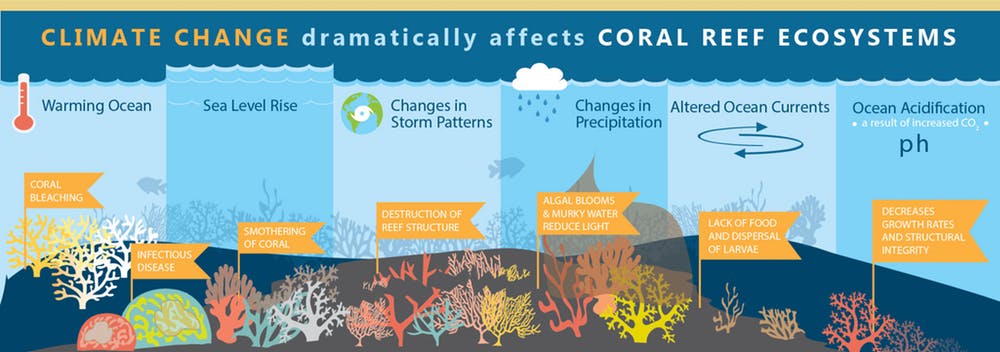
All eyes have been on the dramatic El Niño patterns that have changed significantly over the past few years. With a severe and unpredictable nature, these natural weather events are trending towards even greater extremes. While there appears to be a connection between El Niño weather and global warming, limited history poses an issue for validation.
El Niño means a short-term period of warm ocean surface temperatures in the tropical Pacific. During this event, the region is warmer than usual. As a result, the Southern United States experiences cooler and wetter weather while South America and Australia see hotter and drier weather. Human behavior and the increase in fossil fuel burning pose a serious threat to global warming and therefore, more intense El Niño weather patterns.

Weather patterns associated with El Niño indicate severe heat waves, wildfires, droughts, flooding, and violent storms. According to atmospheric scientist Kim Cobb, “what we’re seeing in the last 50 years is outside any natural variability.” In an effort to understand the association between climate change and El Niño, coral reef records provide analysis from previous climates.
What does this mean? An intensification of El Nino impacts warmer climates, especially for land regions in North America and Australia. Impacts have been notable in the Western part of the United States so far this winter with heavy snowfall. We could be seeing the effects of yet another El Nino year.